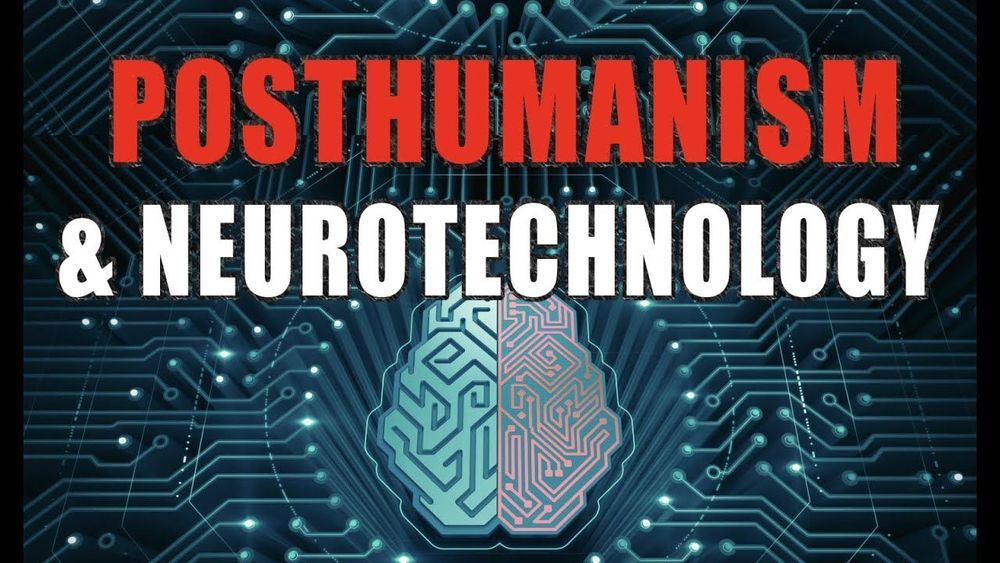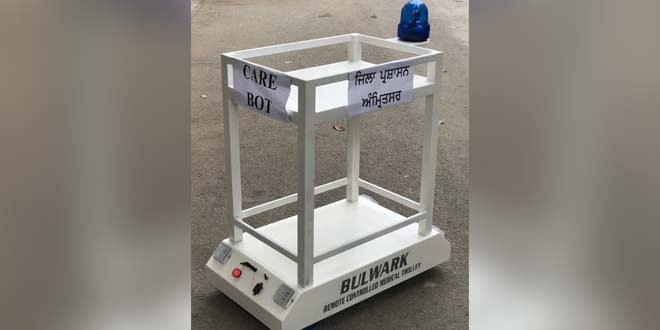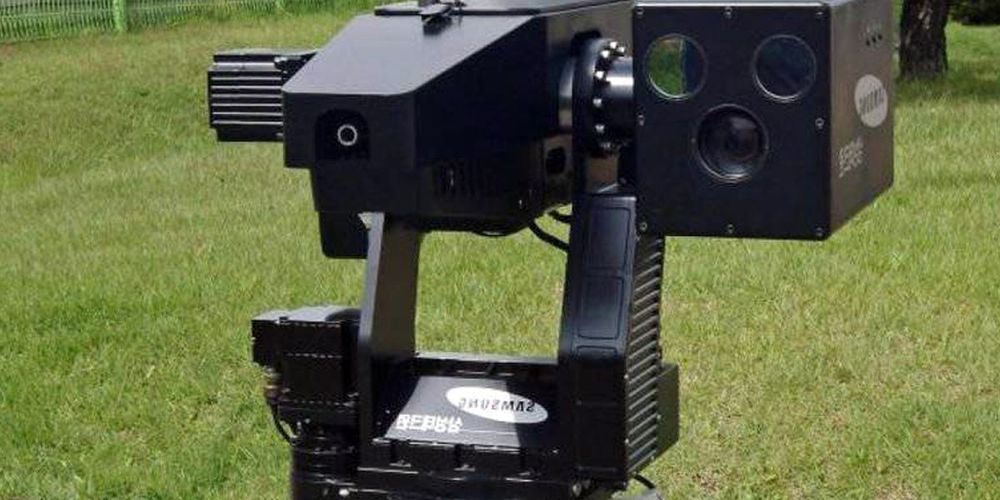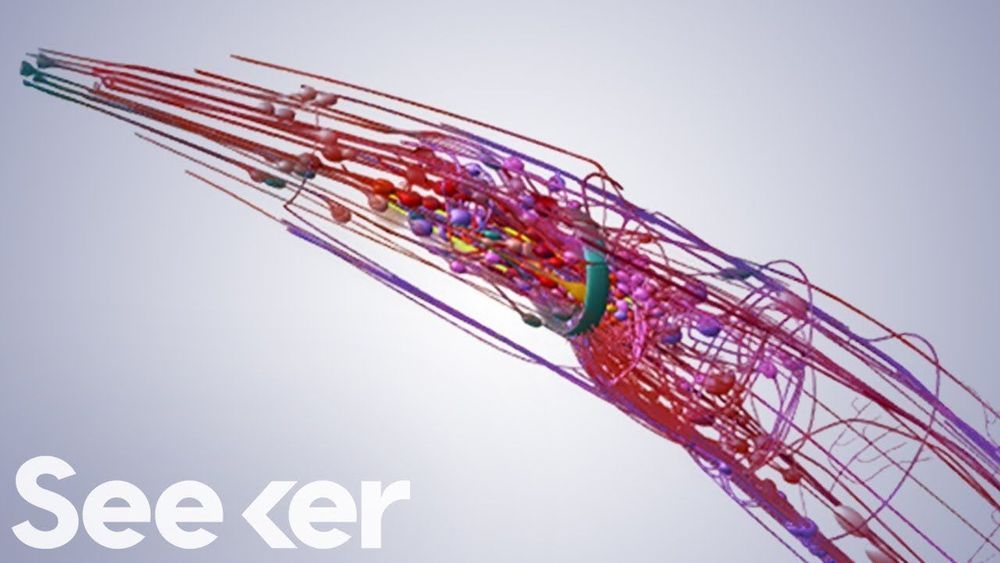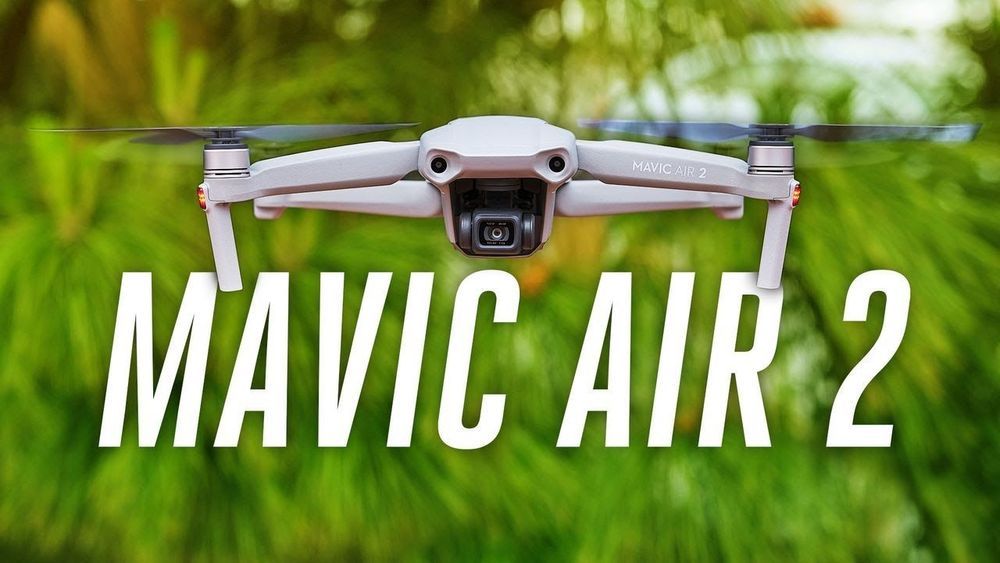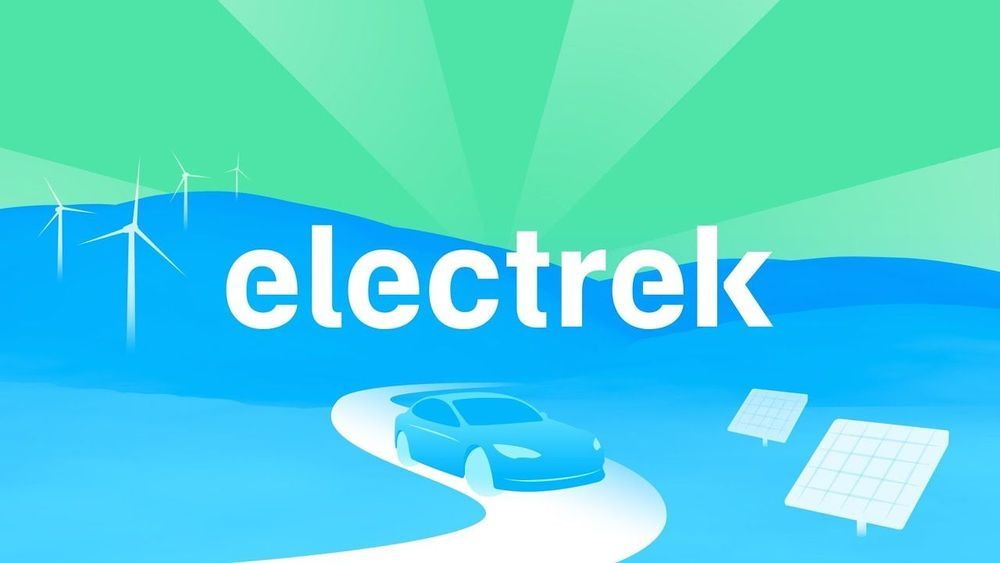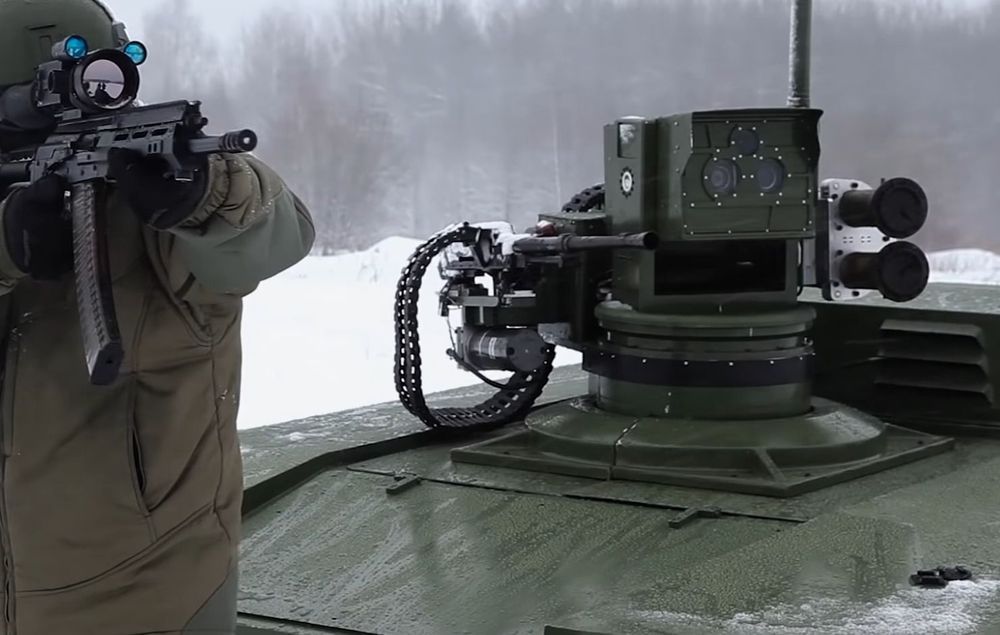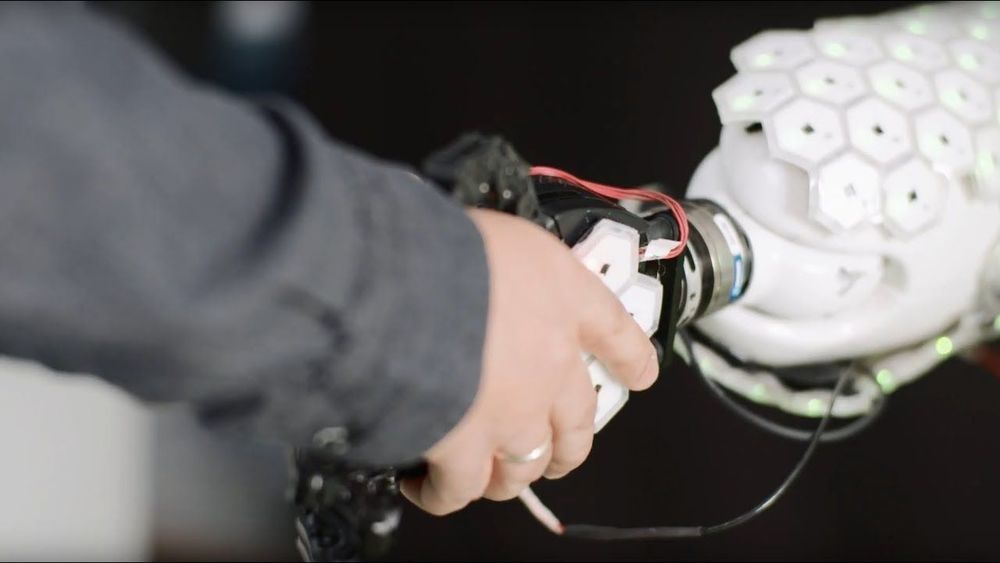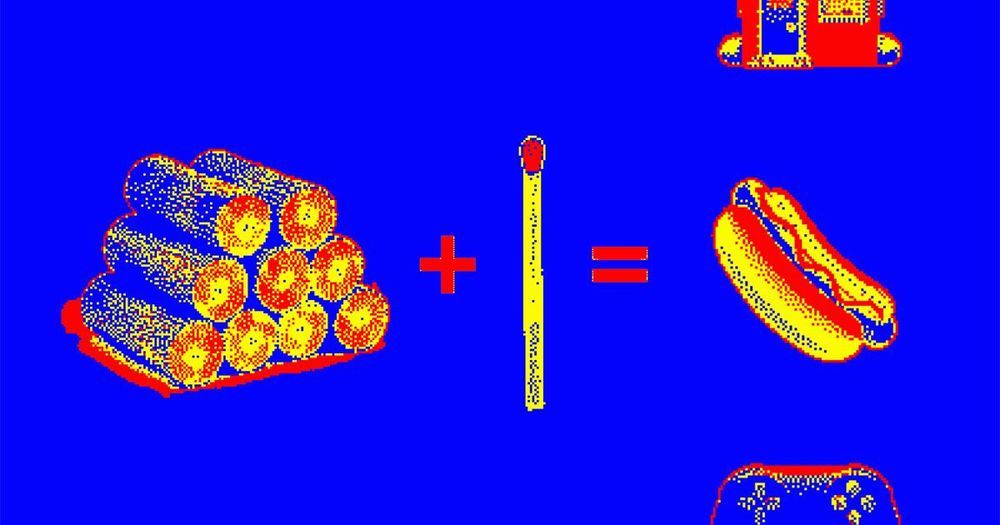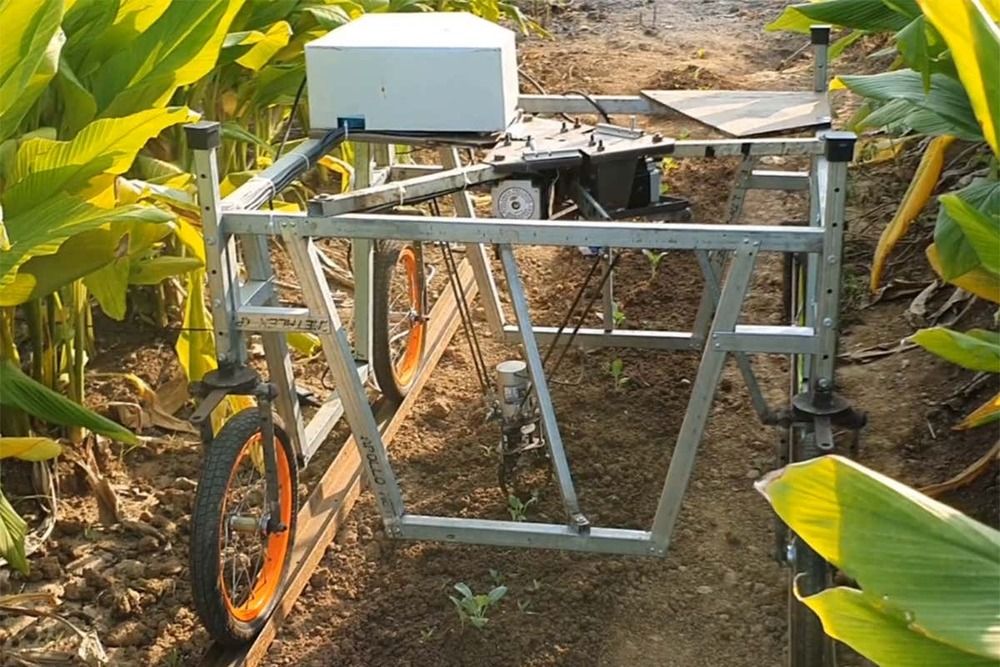TABLE OF CONTENTS —————
:00–15:11 : Introduction
:11–36:12 CHAPTER 1: POSTHUMANISM
a. Neurotechnology b. Neurophilosophy c. Teilhard de Chardin and the Noosphere.
—————————————————————————————–
POSTHUMAN TECHNOLOGY
—————————————————————————————–
:12–54:39 CHAPTER 2 : TELEPATHY/ MIND-READING
a. MRI
b. fMRI
c. EEG
d. Cognitive Liberty e. Dream-recording, Dream-economies f. Social Credit Systems g. Libertism VS Determinism.
:02:07–1:25:48 : CHAPTER 3 : MEMORY/ MIND-AUGMENTING
a. Memory Erasure and Neuroplasticity b. Longterm Potentiation (LTP/LTD)
c. Propanolol d. Optogenetics e. Neuromodulation f. Memory-hacking g. Postmodern Dystopias h. Total Recall, the Matrix, and Eternal Sunshine of the Spotless Mind i. Custom reality and identity.
:25:48–1:45:14 CHAPTER 4 : BCI/ MIND-UPGRADING
a. Bryan Johnson and Kernel b. Mark Zuckerberg and Neuroprosthetics c. Elon Musk, Neural Lace, and Neuralink d. Neurohacking, Neuroadvertizing, Neurodialectics e. Cyborgs, Surrogates, and Telerobotics f. Terminator, Superintelligence, and Merging with AI
g. Digital Analogs, Suffering, and Virtual Drugs h. Neurogaming and “Nervana” (technological-enlightenment)
:45:14 −2:02:57 CHAPTER 5 : CONNECTOME/ MIND-MAPPING
a. Neurons, MEG scans, and Supercomputers b. Uploading worm brains, fly brains, mouse brains etc.
c. Cryo Ultra Mictrotomes, Diffusion Spectrum Imaging d. Anders Sandberg, Connectomics, and the Allen Institute e. Quantum Mechanics, Heisenberg Principle, No Cloning Theorem f. Human Connectome g. Human Metabolome h. Human Proteome i. Human Moleculome.
